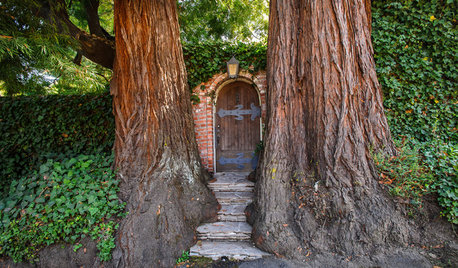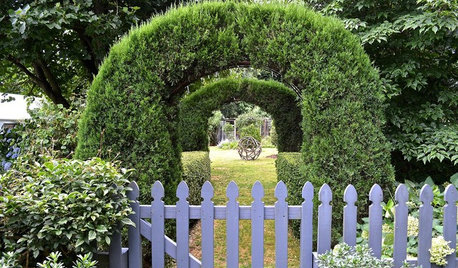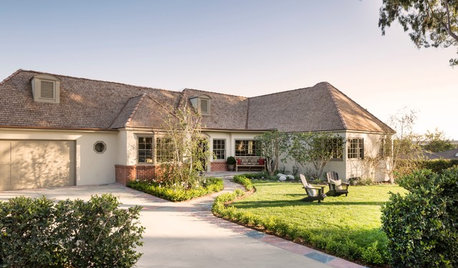camellia relocation
stolenidentity
10 years ago
Related Stories

TREES11 Japanese Maples for Breathtaking Color and Form
With such a wide range to choose from, there’s a beautiful Japanese maple to suit almost any setting
Full Story
FUN HOUZZ14 Gardens Straight Out of Fairy Tales
Escape into landscapes that conjure the magical worlds of folklore and literature
Full Story
HOUZZ TOURSMy Houzz: Artists Find Their Dream Home in the Country
Their own and others’ creative works fill their renovated house and studio in Australia's Southern Highlands
Full Story
TRADITIONAL HOMESHouzz Tour: Historic Coastal Home Is Rescued From Neglect
A designer lavishes TLC on a splendid Normandy revival house in Laguna Beach, embracing its original style in the renovation
Full StoryMore Discussions









fruity123
stolenidentityOriginal Author
Related Professionals
Middle Island Landscape Architects & Landscape Designers · Wakefield Landscape Contractors · Wilmington Landscape Contractors · East Chicago Landscape Contractors · Lady Lake Landscape Contractors · Mashpee Landscape Contractors · Riverhead Landscape Contractors · West Chester Landscape Contractors · Weymouth Landscape Contractors · Maple Heights Landscape Contractors · Grandview Fence Contractors · Hopkins Fence Contractors · Richmond West Fence Contractors · San Antonio Fence Contractors · Voorhees Fence ContractorsEmbothrium
stolenidentityOriginal Author
plantknitter
larry_gene
lilydude
stolenidentityOriginal Author
botann
stolenidentityOriginal Author
Embothrium
plantknitter
larry_gene
oliveoyl3
Embothrium
stolenidentityOriginal Author
stolenidentityOriginal Author
larry_gene
Embothrium
stolenidentityOriginal Author
stolenidentityOriginal Author
dottyinduncan